What does the support hand actually do during the firing sequence?
It’s very hard to see and understand the role of the support hand when it comes to shooting your precision rifle in the Prone. It’s hidden by our body position and the subtle movements are masked by the attention put on the firing hand. We know, the firing hand has two tasks:
- To Manipulate the Trigger without disturbing the lay of the sights
- To hold the rifle in the shoulder pocket supporting Trigger Control
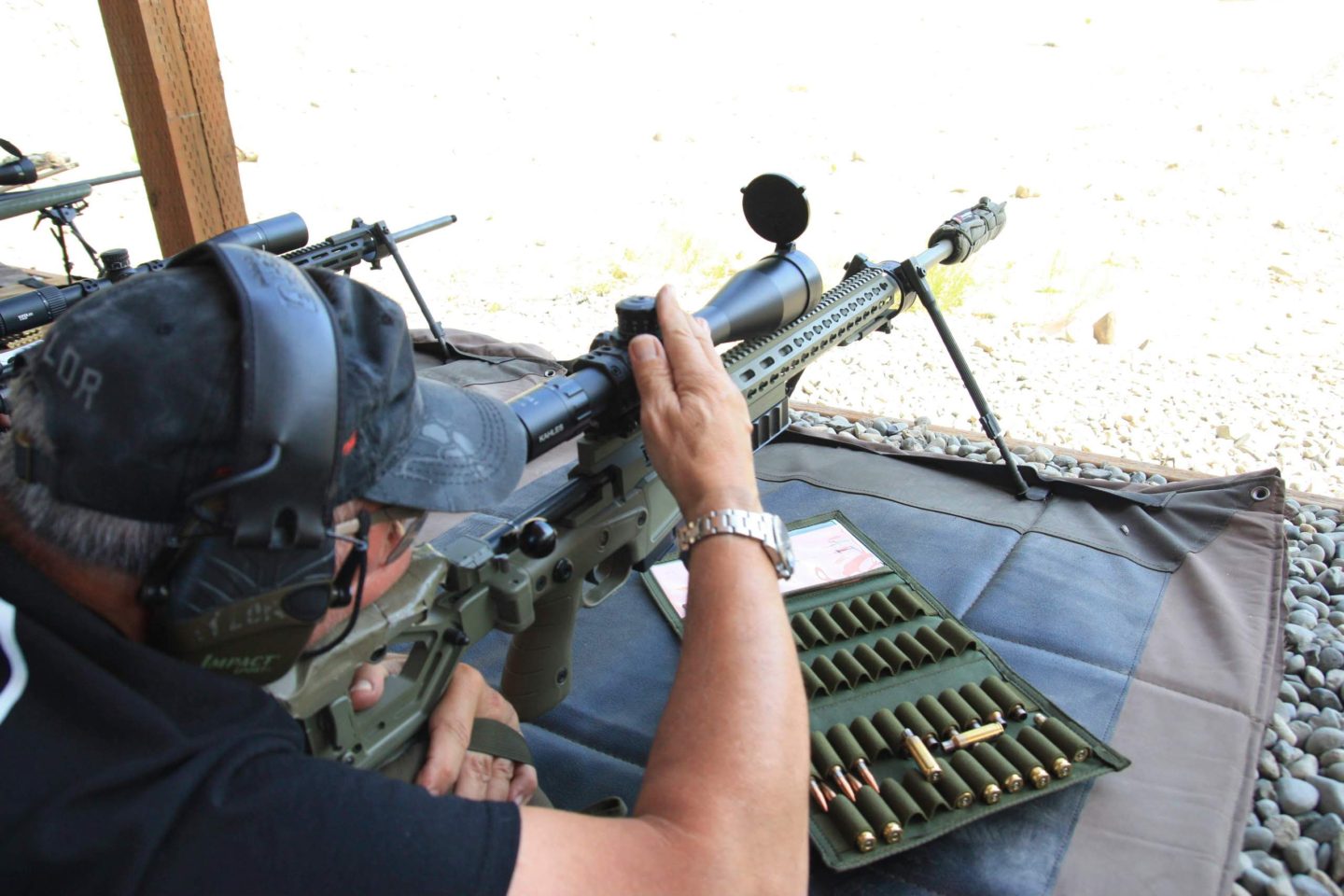
We know it’s holding the back of the rifle, but many people only see it holding the rear bag. We use a rear bag to support the butt of the rifle in the vertical plane. The support hand controls this by relaxing or squeezing the bag. So if we are holding the rear bag, how do we support the horizontal plane with the butt of the rifle?
The support hand has to do several things at once, manipulate the rear bag elevation, and then hold the butt of the rifle. It has two purposes just like the support hand however this one is more a dance. Let’s look at this part of the rifle and how we interact with it. I use my thumb and index finger to hold the stock, and my, Middle, Ring and Pinky to adjust the rear bag.
Recoil Management
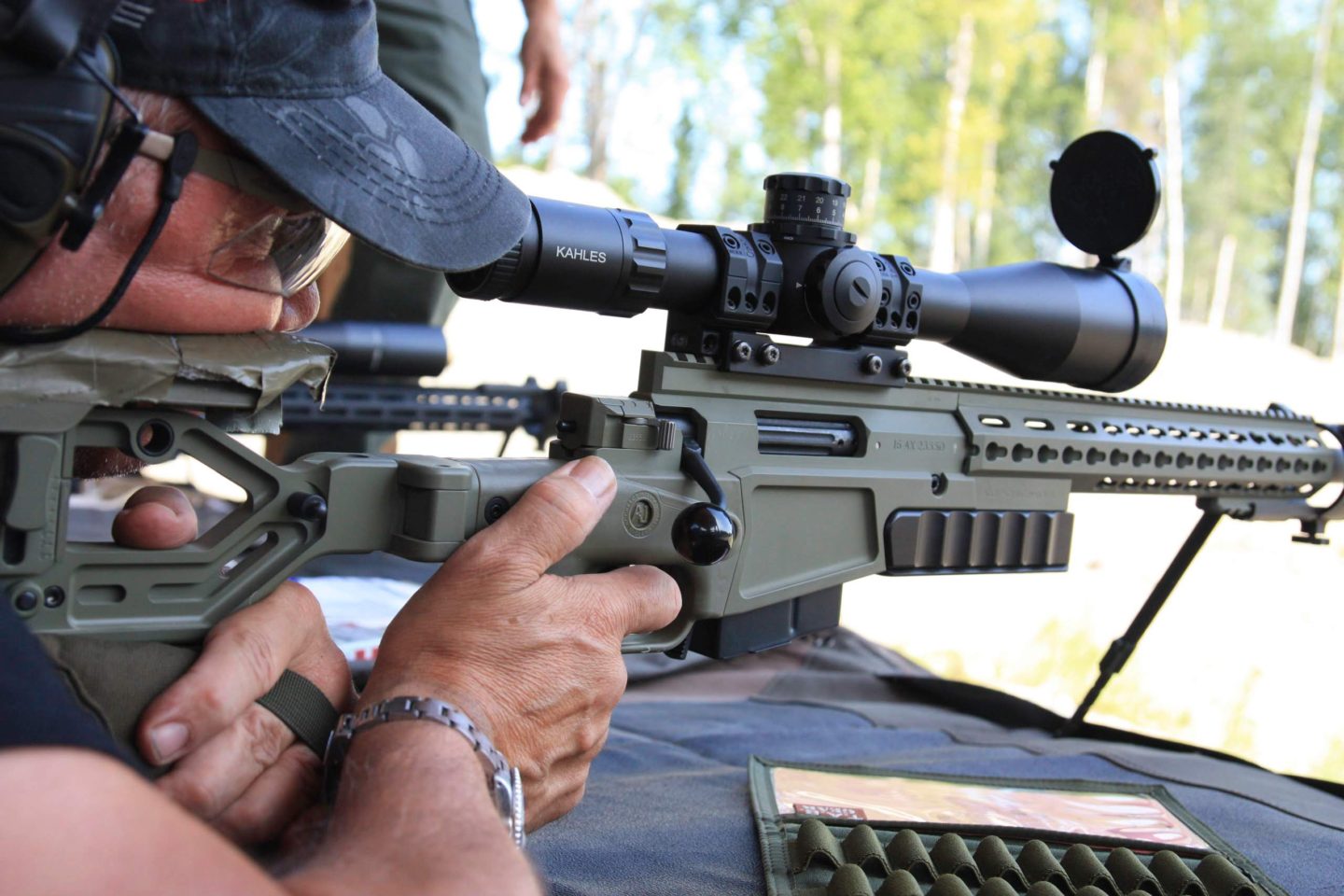
Part of our job when shooting the rifle dedicated to recoil management. This helps up maintain consistency and rapidly follow up by minimizing movement. Recoil management is not just about loading the bipod, especially with Magnums. We can affect the recoil of the rifle by how we hold the rifle, manipulate the trigger and support the rear of the rifle. It’s cause and effect, we can cause a different effect, or in this case, change the recoil pulse from a straight line to one that exploits the weakness in the body position.
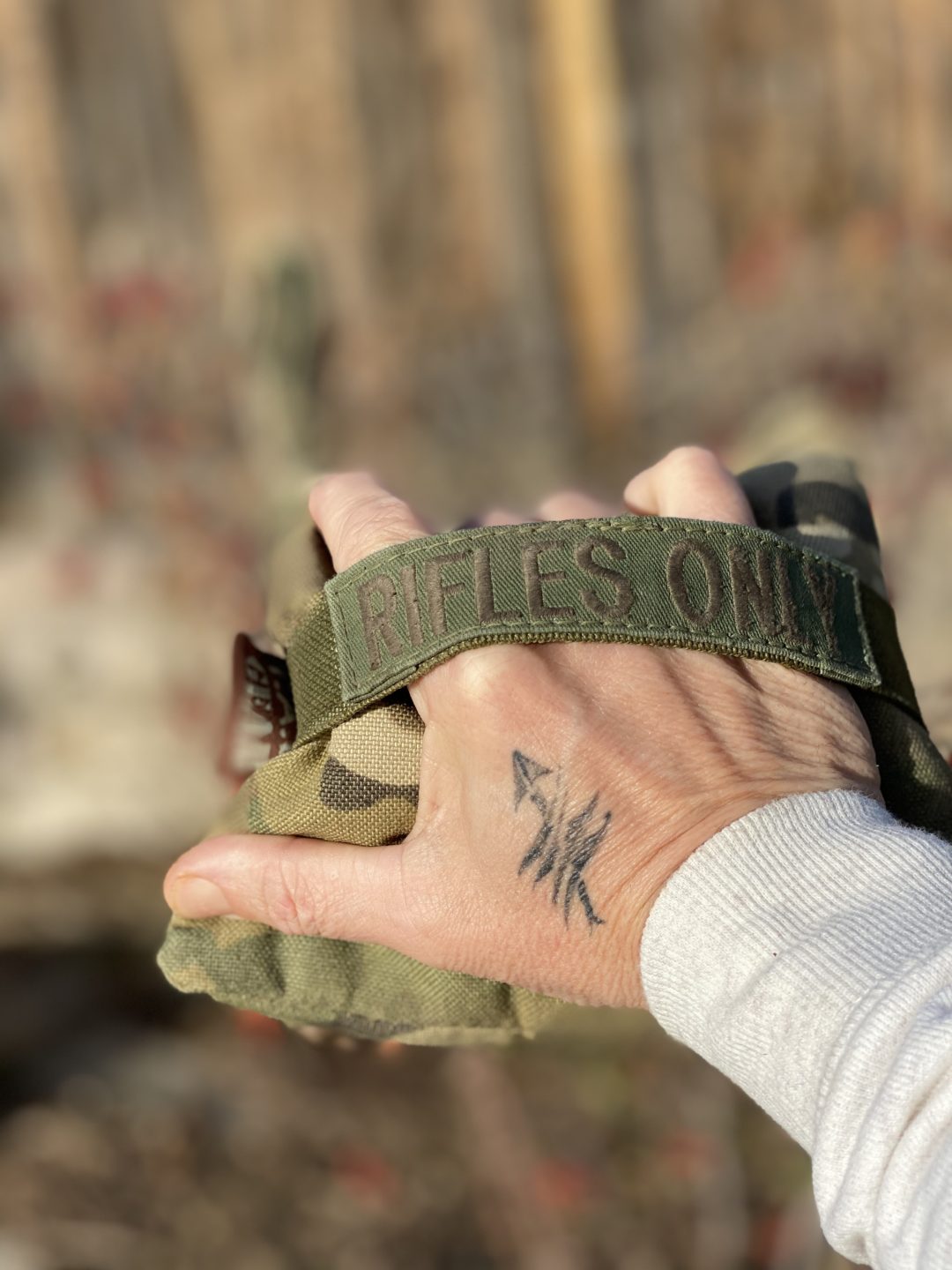
Recoil is just like electricity, it follows the path of least resistance. If you give it an exit, one you were not aware of, it will take that exist moving the barrel to a different position on bullet release. Remember recoil management tells the bullet where the barrel is during the shot. Changes in management mean changes in barrel position.
The rear of the rifle is very important, why because any movement at the butt will be magnified at the muzzle. Consider the 10th of an inch difference between the front and back of a 20MOA Rail. In order to add 20 inches at 100 yards, we only about .12 of an inch. Movement takes many forms when it comes to the firing task. This can be by shooting with an unloaded bipod, a poor grip on the stock with the firing hand, or not supporting the rear of the rifle.
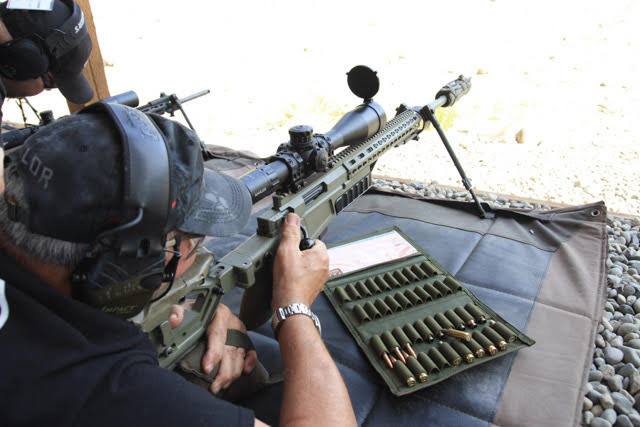
We don’t want to let the rifle fishtail in the shoulder pocket on recoil. This moves the muzzle in an inconsistent way and has the potential to beat the bullet out of the muzzle. So be sure to support the rear of the stock. We see this when the shooter only supports the rear bag and not the buttstock of the rifle. You have to manage the buttstock.
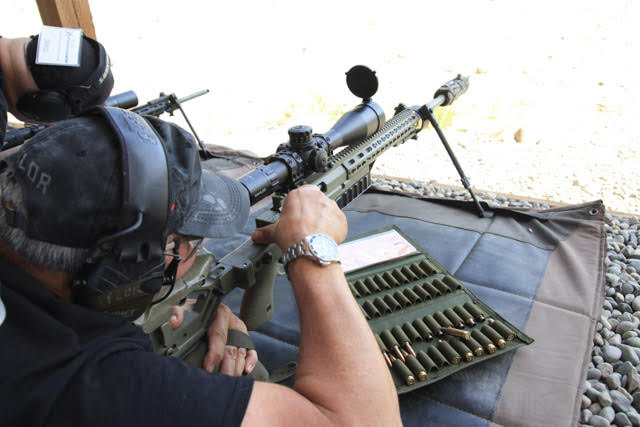
Lastly, the support hand has to take over for the firing hand when we run the bolt. After the shot is taken, we have to reach up with the firing hand to run the bolt and reload the rifle. We put movement into the shoulder pocket, so the support hand has to hold the rifle in place. If we don’t hold it in the position we need to start over and reset out position. It’s this dance that gets overlooked because of all my research, nobody mentions this as it pertains to recoil management. But holding the butt of the stock in the shoulder pocket, we have a better position from shot to shot, and it makes our follow up shots that much quicker and more accurate. The ill-effects of movement can change our NPA if we let it.
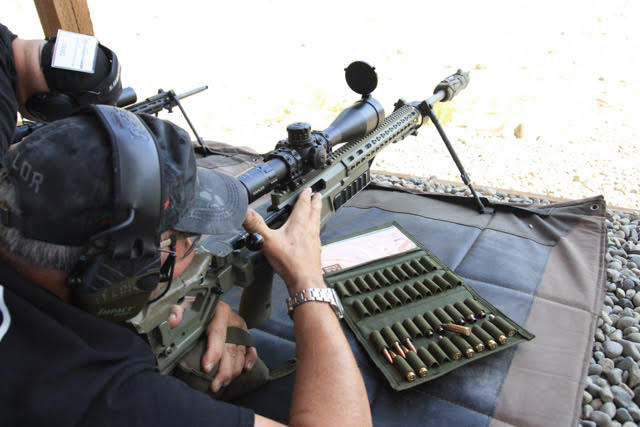
Understand the support hand has a job to do beyond holding the rear bag. The pressure is not nearly the same as the firing hand, I would say, if I had to put a value on it, to be about 1/3 of the pressure used by the firing hand. The value for the firing hand is equal to the weight of the rifle, the support hand is 2/3rds less. The best way to begin is to bring the rifle stock up off the ground, raise the body up to meet it, marrying the stock to the shoulder with the appropriate amount of pressure. From there, you want to just settle or slide down into your proper prone position and maintain this hold on the rifle and shoulder connection. Others have demonstrated this well by showing you how the body pressure and bipod will hold the rifle in place.
Different Disciplines Approach this in different ways
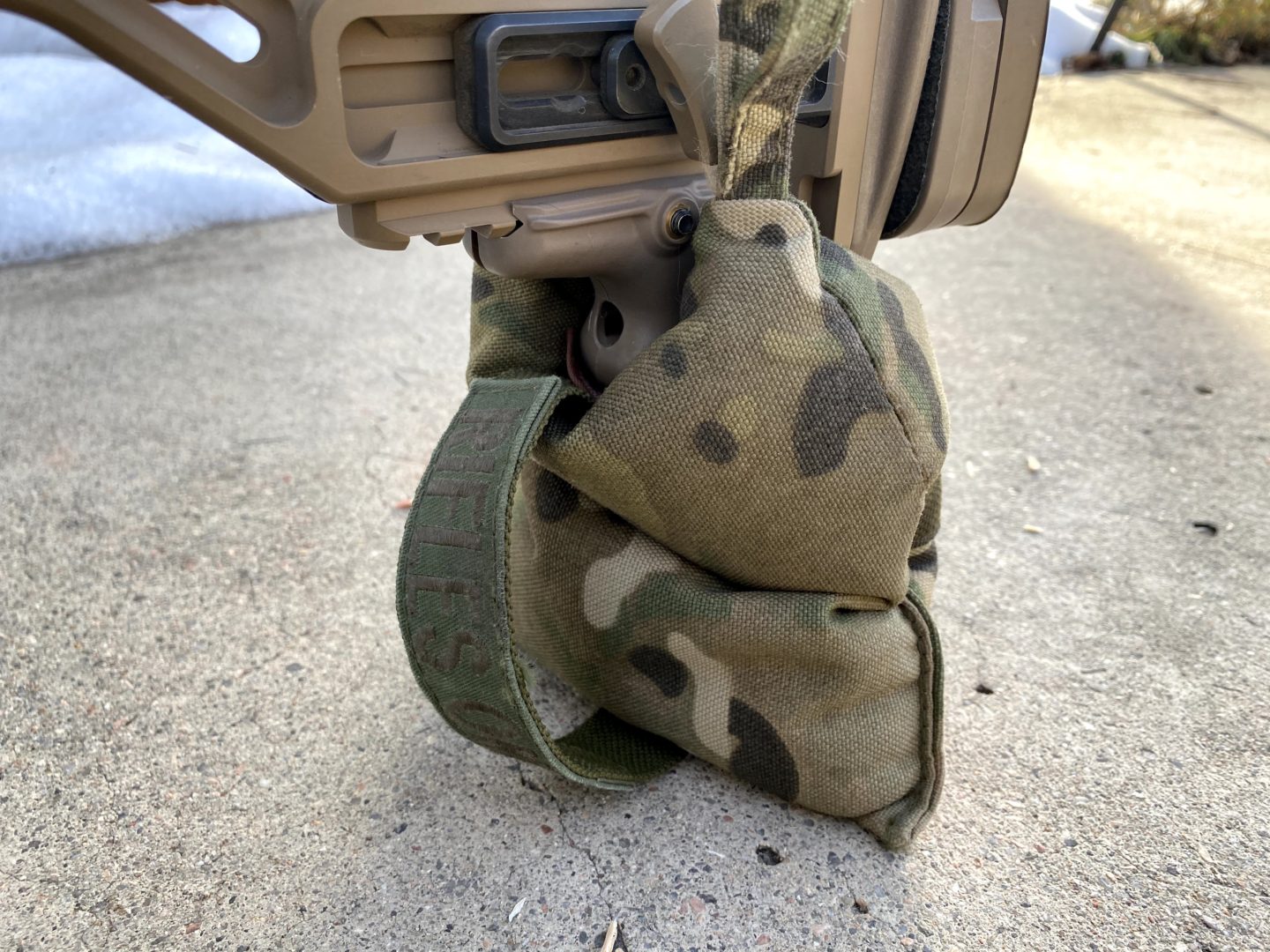
I will say, that with something like an F Class rig or Benchrest, this would be much less. They use a much heavier rifle and a more robust support system. So the personal interaction between shooter and rifle is a lot less. They depend on not only the design of the rifle stock but the front and rear rest to do a lot of the work for them. We see that happening with competition rifles too where the rifle weights over 20LBS and caliber are considered very small or light recoiling.
It’s attempting to manage the recoil by the addition of weight to dampen the movement. The concepts are very similar, just in these other disciplines the support system, rest and stocks are designed to move in a straight line on a very specific path with as little input by the shooter as possible. One of the reasons they lower the trigger weights down to 8oz or less.
Putting it all together
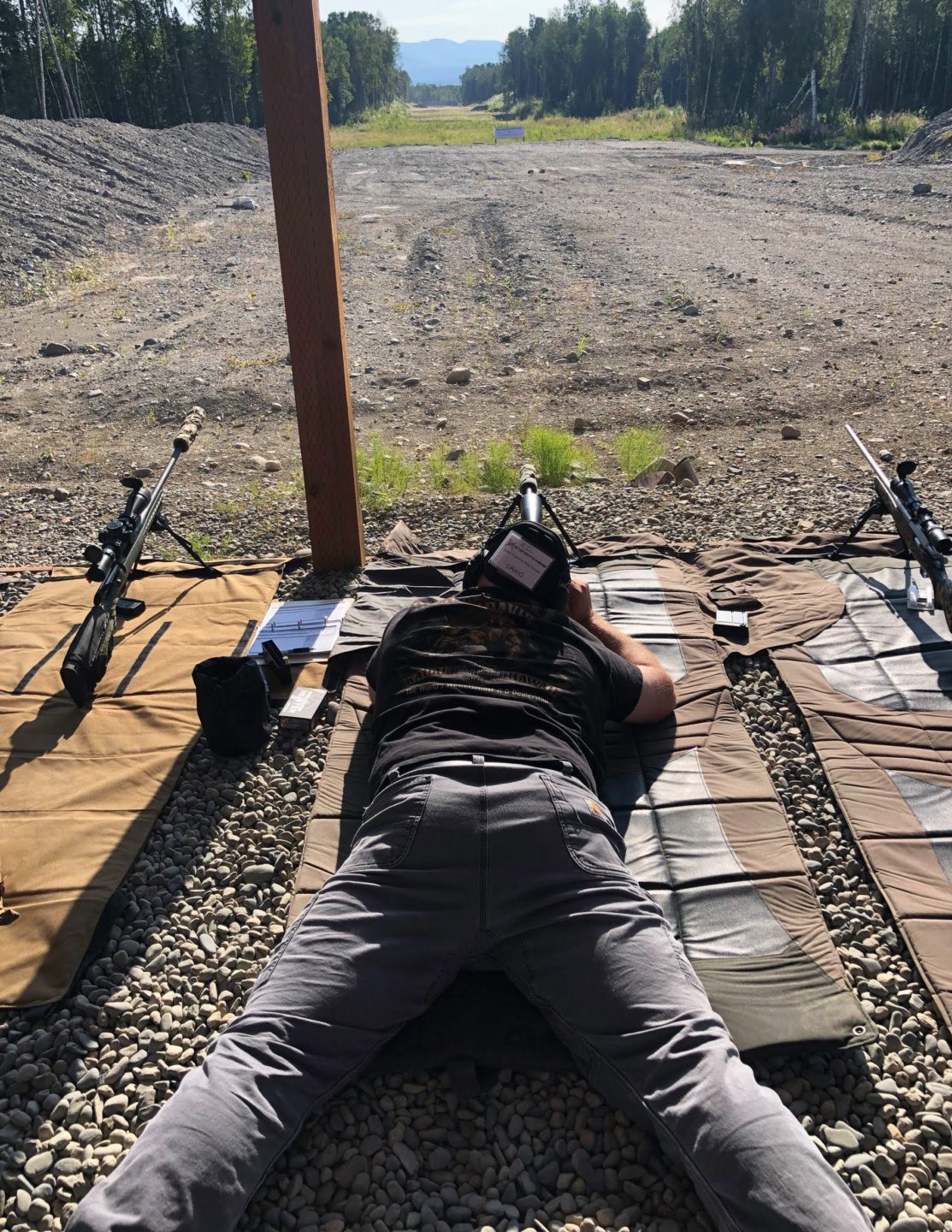
Once you have the dance of hands mastered, the transition from supporting the rifle to the rear with the firing hand to holding the rifle to the rear with the support hand you will see the rifle staying on target much better. It’s one of the reasons we recommend the bipod being up a bit higher to fit the shooter. It gives us better access to the back of the rifle and keeps it in a straight line. When the bipod is too low the angle changes.
We build the position in a straight line. Come in directly behind the rifle, raise it up, bring the body to it, settle down into the position. Keeping that rearward pressure in place. Even though many rifles can be very accurate with less, practicing this will afford you more consistency. Consistency is king, and the less you have to reposition the rifle between shots, the better more consistent you will be.
It’s a balance, starting at the front you want the rifle bipod too easily manage the load. Then looking at the rifle set up and stock, you want it to fit the body so it does not push you away from it, as with rifles where the length of pull is too long.
And finally, look at the rear bag to hold the butt up, but not create a situation where you cannot manage the rear of the stock. Picking the right tool for the shooter and the job is important. We get it, we adapt a lot of stuff to work, and people can learn to dial in bad habits. Starting on the right path first is a shortcut to success. The success will be more easily recognizable across multiple platforms versus only working in select situations.
You can find more discussions like this in the Sniper’s Hide Forum. We have a series of lessons and forum sections dedicated to learning your precision rifle.


